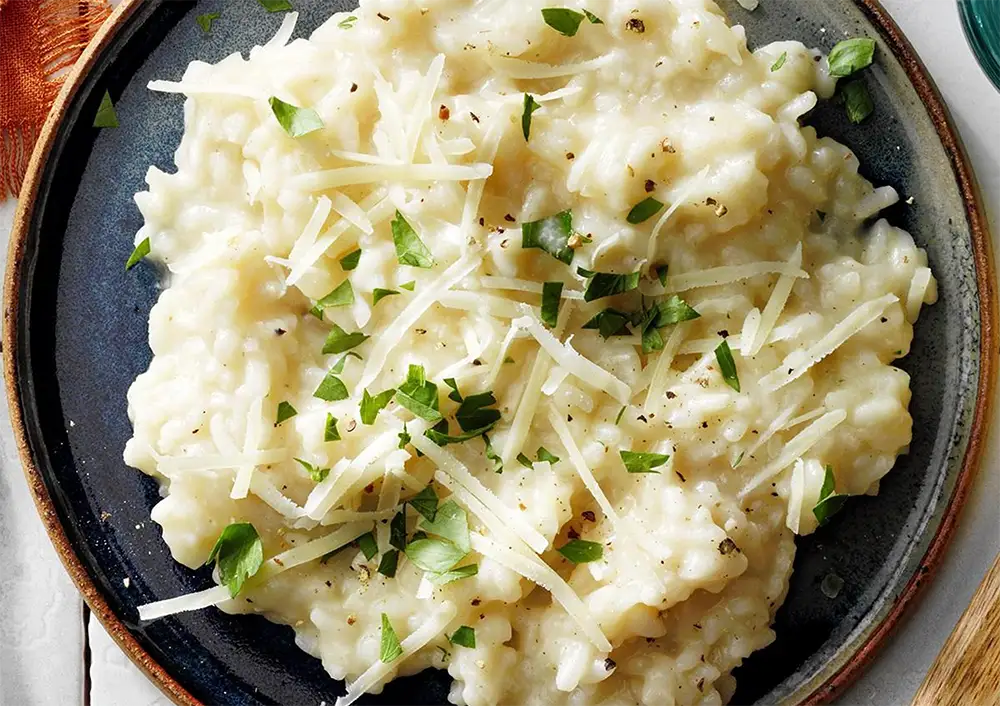Pumpkins
Pumpkin (Cucurbita. pepo)
Native to North America (northeastern Mexico and the southern United States), Cucurbita. pepo pumpkins are one of the oldest domesticated plants, having been grown as early as 7,000 to 5,500 BC.

In North America and the United Kingdom, pumpkin usually refers to the round, orange varieties of winter squash, predominantly derived from Cucurbita pepo. As one of the most popular crops in the United States, in 2017 over 1.5 billion pounds of pumpkins were produced. The top pumpkin producing states include Illinois, Indiana, Ohio, Pennsylvania, and California. Pumpkin is the state squash of Texas.
The root of the word for pumpkin is the Massachusett word pôhpukun, meaning ‘grows forth round’ and would likely have been used by the Wampanoag people (who speak the Wôpanâak dialect of Massachusett) when introducing pumpkins to English Pilgrims at Plymouth. The English word squash is also derived from a Massachusett word.
While C. pepo pumpkins generally weigh between 6 and 18 lbs, giant pumpkins can exceed a ton. The largest cultivars of the species C. maxima frequently reach weights of over 75 lb. The record for the world’s heaviest pumpkin, 2,703 lb, was established in Italy in 2021.
In 2020, world production of pumpkins (including squash and gourds) was 28 million tons, with China accounting for 27% of the total. Ukraine and Russia each produced about one million tons.
Cultivation and bees
Pumpkins are a warm-weather crop that is usually planted in early July. The specific conditions necessary for growing pumpkins require that soil temperatures 3 in deep are at least 60 F and that the soil holds water well. Pumpkin crops may suffer if there is a lack of water or because of cold temperatures (in this case, below 65 F. Soil that is sandy with poor water retention or poorly drained soils that become waterlogged after heavy rain are not the best for pumpkins. However, pumpkins are rather hardy, and even if many leaves and portions of the vine are removed or damaged, the plant can quickly grow secondary vines to replace what was removed.
Pumpkins produce both a male and female flower, with fertilization usually performed by bees.] In America, pumpkins have historically been pollinated by the native squash bee, Peponapis pruinosa, but that bee has declined, partly due to pesticide (imidacloprid) sensitivity. Ground-based bees, such as squash bees and the eastern bumblebee, are better suited to manage the larger pollen particles that pumpkins create.
Today, most commercial plantings are pollinated by hives of honeybees, which allows the production and sale of honey that the bees produce from the pumpkin pollen. One hive per acre (0.4 hectares, or five hives per 2 hectares) is recommended by the U.S. Department of Agriculture. If there are inadequate bees for pollination, gardeners may have to hand pollinate. Inadequately pollinated pumpkins usually start growing but fail to develop.
Cooking
Most parts of the pumpkin are edible, including the fleshy shell, the seeds, the leaves, and the flowers. When ripe, the pumpkin can be boiled, steamed, or roasted. In its native North America, pumpkins are an important part of the traditional autumn harvest, eaten mashed and making its way into soups and purées. Various kinds of pumpkin pie are a traditional staple of the Canadian and American Thanksgiving holidays.
Pumpkin seeds, also known as pepitas, are a nutrient-rich popular snack that can be found hulled or semi-hulled at many grocery stores. Per ounce serving, pumpkin seeds are a good source of protein, magnesium, copper and zinc.
Pumpkins that are still small and green may be eaten in the same way as summer squash or zucchini. In the Middle East, pumpkin is used for sweet dishes, like halawa yaqtin. In the Indian subcontinent, pumpkin is cooked with butter, sugar, and spices in a dish called kadu ka halwa. In Thailand, small pumpkins are steamed with custard inside and served as a dessert. In Vietnam, pumpkins are commonly cooked in soups with pork or shrimp. In Italy, it can be used with cheeses as a savory stuffing for ravioli.
In the southwestern United States and Mexico, pumpkin and squash flowers are a popular and widely available food item. They may be used to garnish dishes, or dredged in a batter then fried in oil. Pumpkin leaves are a popular vegetable in the western and central regions of Kenya as an ingredient of mukimo. The seeds are popular with children who roast them on a pan before eating them. Pumpkin leaves are also eaten in Zambia, where they are called chibwabwa and are boiled and cooked with groundnut paste as a side dish.
Folkloric Medicine
Pumpkins have been used as medicine by Native Americans to treat intestinal worms and urinary ailments, and this remedy was adopted by American doctors in the early nineteenth century as an anthelmintic for the expulsion of worms. In China, C. moschata seeds were also used in traditional Chinese medicine for the treatment of the parasitic disease schistosomiasis and for the expulsion of tape worms. Pumpkin seed meal (C. moschata) represents a rich source of nutrients for poultry feeding with significant improvements in eggs for human consumption.
Nutrition
A 3.5 oz serving of raw pumpkin provides 26 kilocalories of food energy and is an excellent source of provitamin A beta-carotene and vitamin A. Pumpkins offer moderate amounts of vitamin C. Pumpkin is 92% water, 6.5% carbohydrate, 0.1% fat and 1% protein.
Recipes
Pumpkin Pie Squares with Toasted Swiss Meringue
Recipe Box
Lorem Ipsum is simply dummy text of the printing and typesetting industry.
Parmesan and Shallot Risotto
A yummy side to warm your heart and taste buds!
View All Recipe
Stay Connected
Sign up for e-news to learn about special events and offerings.